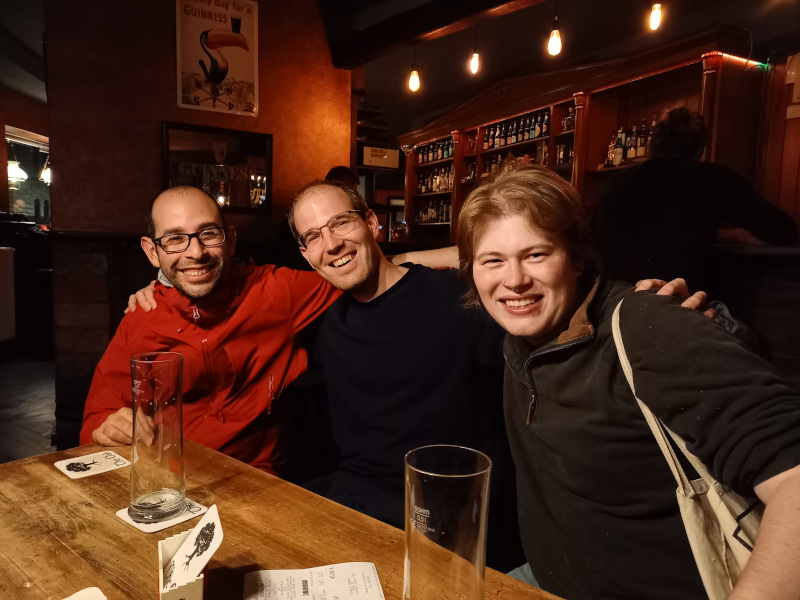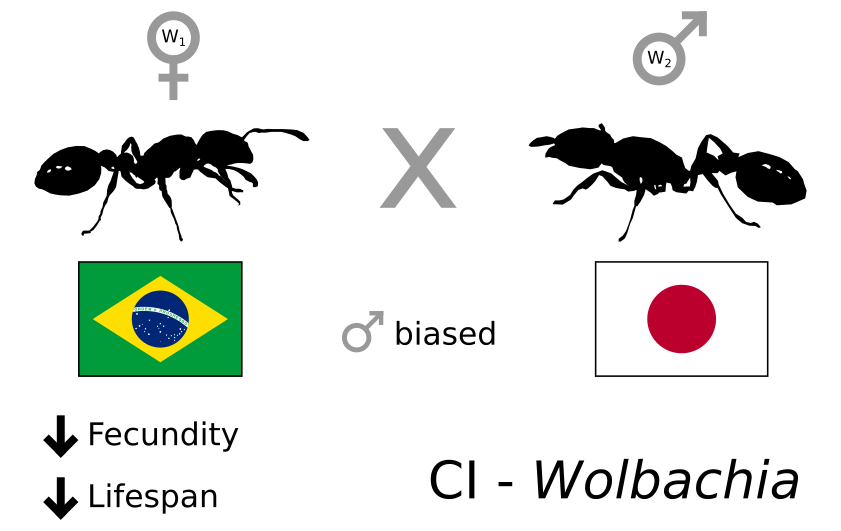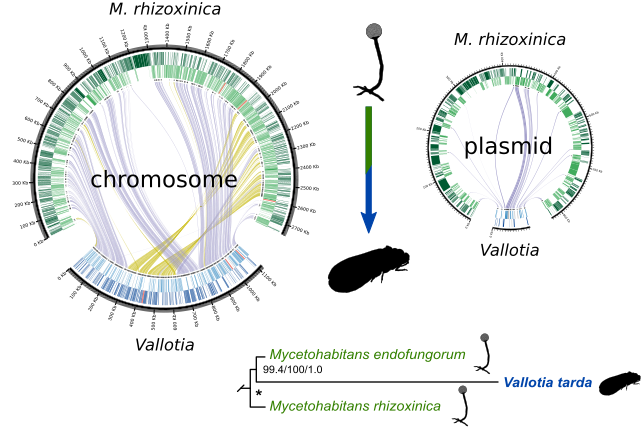Definitely a rough year: further lockdowns, difficulties doing field work, and a lab move. Nonetheless, some good things actually managed to happen during this time.

Back in September, Kevin (a former co-directed master student from the Royal Ontario Museum) joined me at DoME. Kevin will be working with me to explore the ins and outs of bacterial symbioses across strict blood-feeding leeches. In addition, Luka Močivnik from the University of Ljubljana joined me at DoME for one month to work on a pipeline for the phylogenomics of Niphargus, the largest genus of freshwater amphipods (Stay tuned!). Lastly, and despite complications and some deaths, all the leech populations have been successfully moved to the new building.

On the publication side of things, a total of two works were completed in this year. The first has been published in Evolution, and was the result of a recurring collaboration with Jan Oettler and Eva Schultner. In this work we explored the Wolbachia-induced reproductive manipulation between two populations of the ant species Cardiocondyla obscurior infected by two distinct Wolbachia strains. Crosses of infected queens of a Brazilian population with infected male individuals from a Japanese population, resulted in male-biased offspring and reduced lifespan and fecundity of Brazilian queens. This work shows the role of Wolbachia-induced cytoplasmatic incompatibility in creating reproductive isolation between populations of a widely-distributed ant species.

The second work has been published in The ISME Journal, and resulted from a collaboration with current and former members of my new workplace. We performed whole-genome sequencing to analyse the co-obligate symbiotic system of the adelgid Adelges laricis/tardus. We found that both endosymbionts, Profftia and Vallotia (now Mycetohabitans vallotii), show characteristics of evolutionary “young” endosymbionts. On the other hand, they show strong metabolic complementarity in production of essential amino acids and B vitamins. Despite the genome reduction observed in M. vallotii, synteny is well conserved when compared to other Mycetohabitans, with the chromosome + plasmid organisation of its genome maintained. Most notably, we show that M. vallotii likely derived from a fungus-associated endosymbiont, a hitherto unusual evolutionary trajectory for a nutritional insect-associated endosymbiont.
 Biology and Evolution of Symbiosis (BESymb)
Biology and Evolution of Symbiosis (BESymb)